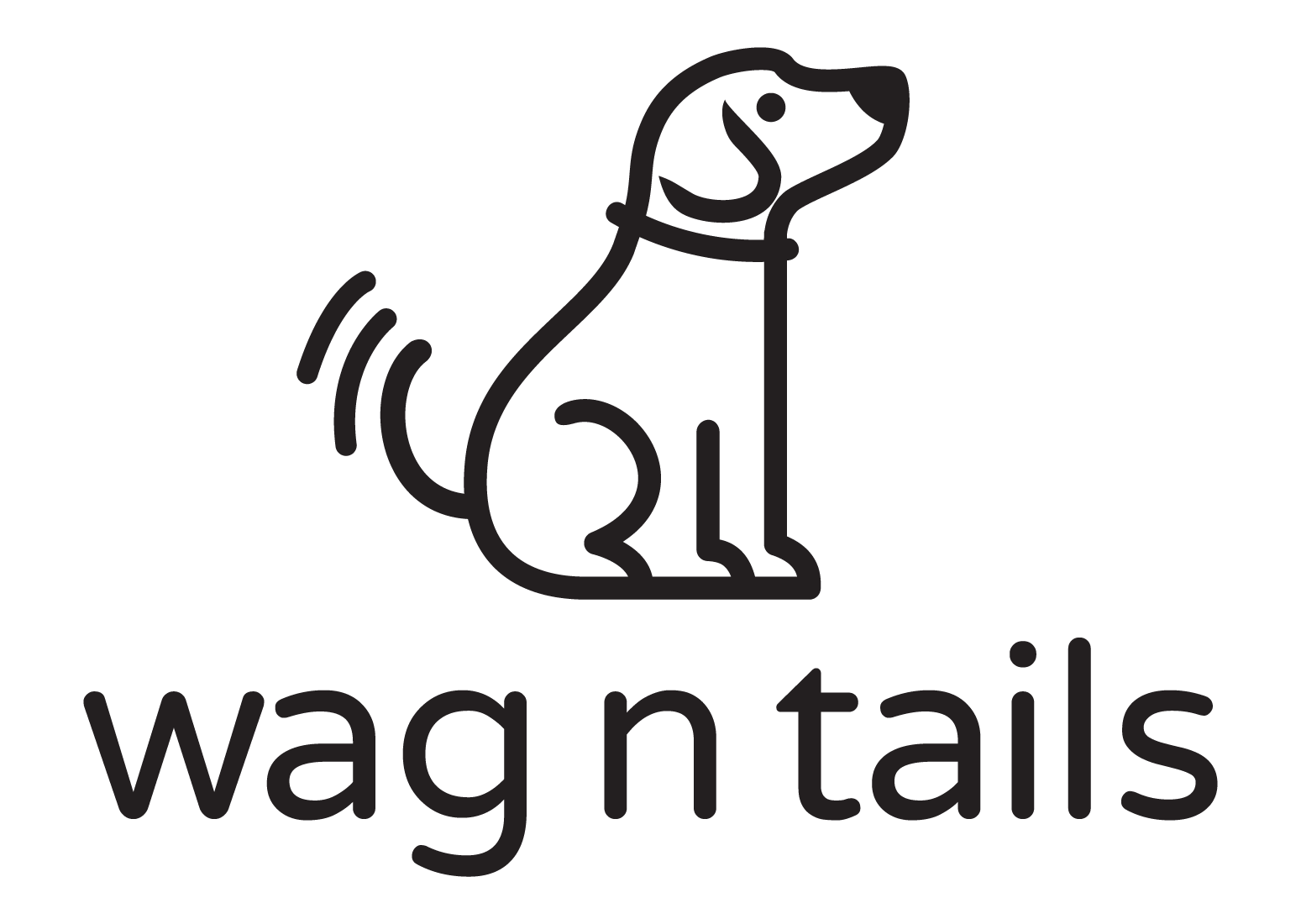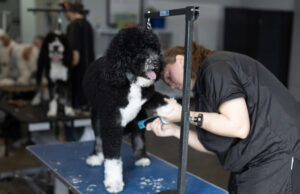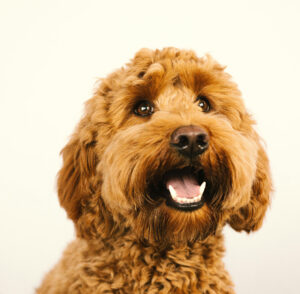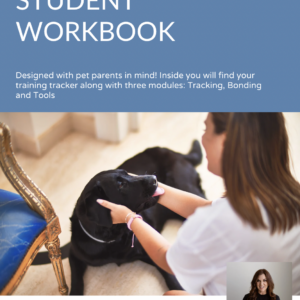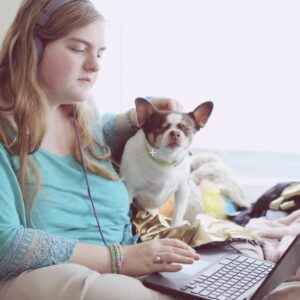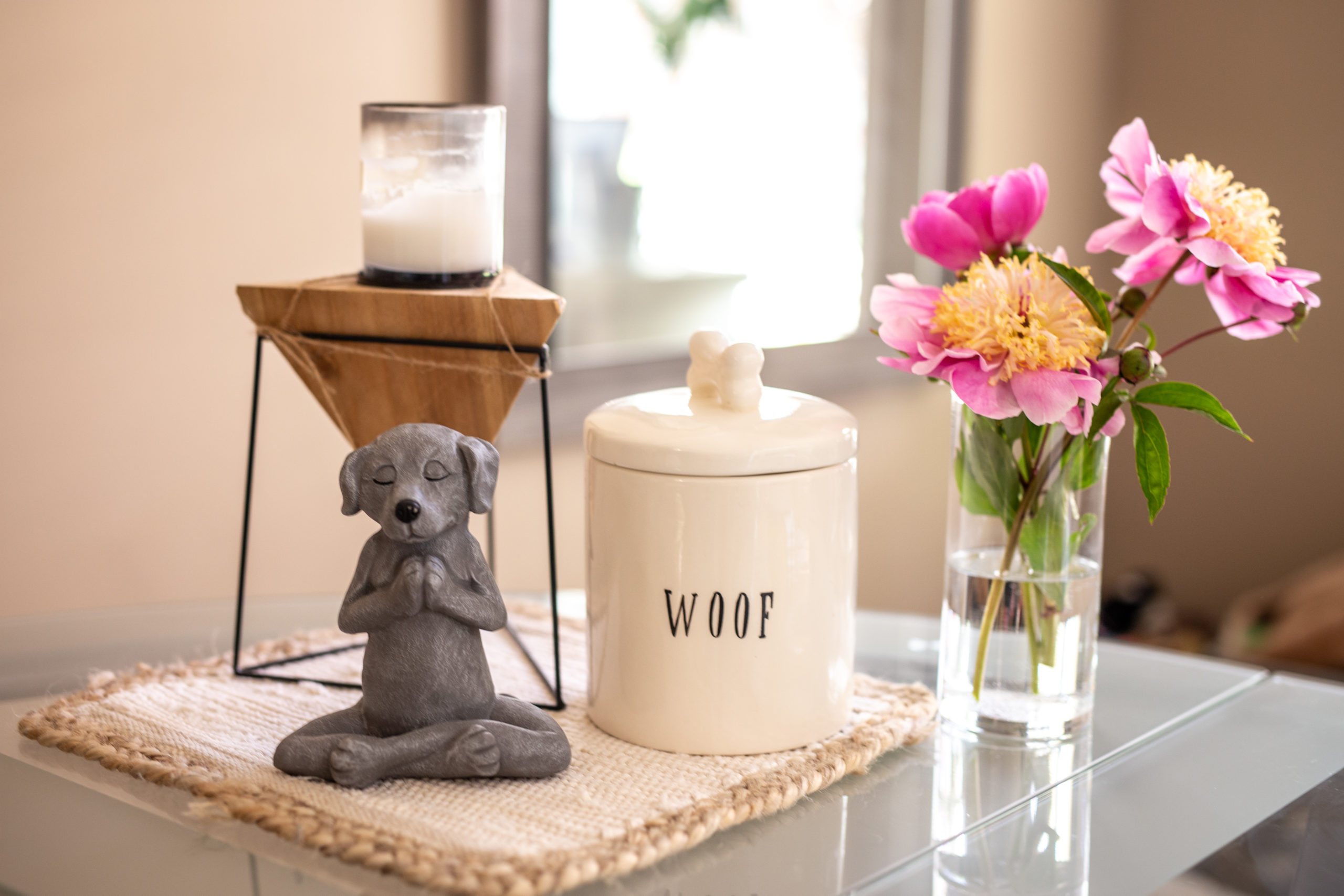“Resource guarding is when a dog controls access to food, objects, people and locations that are important to him through defensive body language or overt aggressive display. This is a relatively common canine behavior and is influenced by a number of environmental and situational stimuli, including a dog’s natural instinct to survive.
The dog that has first access to food, for example, has nutritional advantage over others and even though thousands of years of domestication have changed the dog in many ways, instinct can remain deeply rooted. Dogs have most likely evolved from scavengers and scavengers do not need pack members to survive. In fact in this scenario, other dogs are competition for food and threaten survival, so guarding access to scraps becomes extremely important.
Are Dogs That Guard Resources Insecure?
Guarding resources is usually a manifestation of the dog’s deep-rooted insecurity and inability to cope well in a social situation, even with people and other dogs he knows.
- An insecure dog can see anyone as a potential threat to a resource whether that resource is food, toys, space, a mate or access to a person.
- A resource guarder will not tolerate competition and will guard the resource to maintain priority access.
- The threat of losing the resource and the good feeling that the resource provides make a dog more vigilant, angry and irritable.

Should I Punish My Dog for Guarding Resources?
Because people often misunderstand why their dogs guard and why there is social competition, many owners of resource guarders often get angry and confrontational with their dogs. Confrontation, however, increases competition and causes the dog to guard the contested resource even more. Using physical punishment on a resource guarding dog is the exact opposite of what you need to do. Instead, make sure you understand the canine experience and work to instill more confidence in the dog so that he feels less threatened.
When working to rehabilitate a dog that aggressively guards his resources, he should not be ‘dominated’ into submission, nor should he be challenged or physically punished. It is much safer to attempt a ‘bloodless coup’ without the dog ever realizing you are doing so.
How to Stop a Dog Guarding His Food Bowl
- Begin by changing the physical picture and provide a new bowl and a different location for your dog to eat in.
- Vary feeding times so that your dog never has the chance to become tense when his body clock tells him it is time to eat.
- Utilize the empty bowl method. Pick up your dog’s bowl and make it look like you are filling it with his food.
- Place the empty food bowl on the ground in front of him. Wait for him to investigate, see there is nothing there and look at you. As soon as he looks at you, praise him and add a bit of food into his bowl.
- After your dog has finished eating the food wait for him to look at you again and add more food into his bowl.
- Repeat this until all the food has been eaten. Walk away from his bowl and then back and add a little more. This shows your dog that your approach and presence at his food bowl means he is going to get more food and you are a positive part of his feeding experience.
- Feed your dog in this manner for a week and as your dog becomes more relaxed with your presence close to his bowl, gradually add larger handfuls of food until you get to the point where you can put down a full food bowl and he can eat with you standing right next to him.
- The next stage is to practice walking by an empty bowl and throwing a piece of high value food such as chicken into it. Every time you approach your dog’s empty bowl your dog will see your approach as something good.
- The last stage of this training is to throw a delicious treat into your dog’s bowl as he is in the process of eating. By this time he should be much more relaxed with your presence and able to accept you being close to him as he eats.
Resource guarding can be a very dangerous behavior to work with so bring in a qualified, humane trainer in your area. Children should never take part in this training.”
– Victoria Stilwell
[author] [author_image timthumb=’on’]https://wagntails.net/wp-content/uploads/2020/02/author-image.png[/author_image] [author_info]About the Author Christine Fox, APDT, CTDI and a Pet Sitters International member, is the founder of Wag ‘N’ Tails Dog Activity Center with two locations in Michigan. She has been involved with many pet dog trainer certification initiatives, all based on learning techniques that involve humane practices and the latest in scientific research. Christine also raised a service dog for Paws With a Cause and plans to train her newest pup in therapy work. Through her work with dogs and their parents, Christine has developed many happy and healthy relationships with both humans and dogs in the community.[/author_info] [/author]
